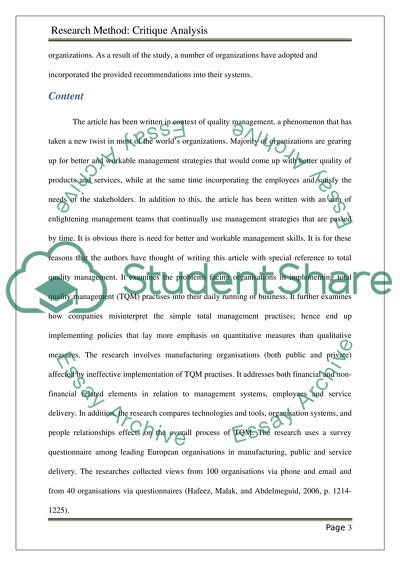Cite this document
(“Research method:critique analysis Book Report/Review”, n.d.)
Research method:critique analysis Book Report/Review. Retrieved from https://studentshare.org/miscellaneous/1514759-research-methodcritique-analysis
Research method:critique analysis Book Report/Review. Retrieved from https://studentshare.org/miscellaneous/1514759-research-methodcritique-analysis
(Research method:Critique Analysis Book Report/Review)
Research method:Critique Analysis Book Report/Review. https://studentshare.org/miscellaneous/1514759-research-methodcritique-analysis.
Research method:Critique Analysis Book Report/Review. https://studentshare.org/miscellaneous/1514759-research-methodcritique-analysis.
“Research method:Critique Analysis Book Report/Review”, n.d. https://studentshare.org/miscellaneous/1514759-research-methodcritique-analysis.


